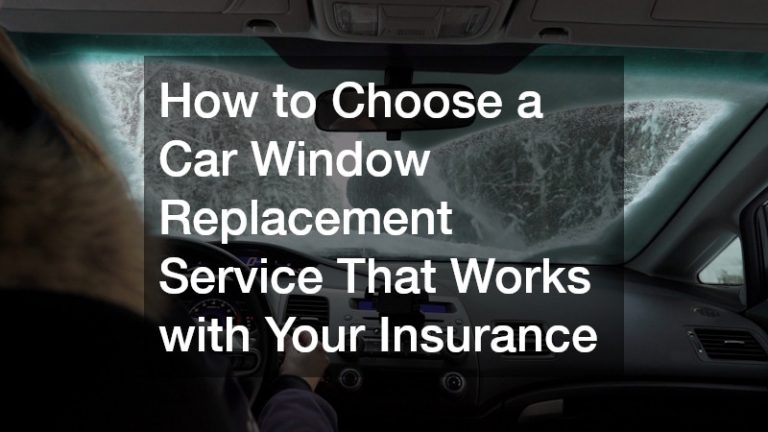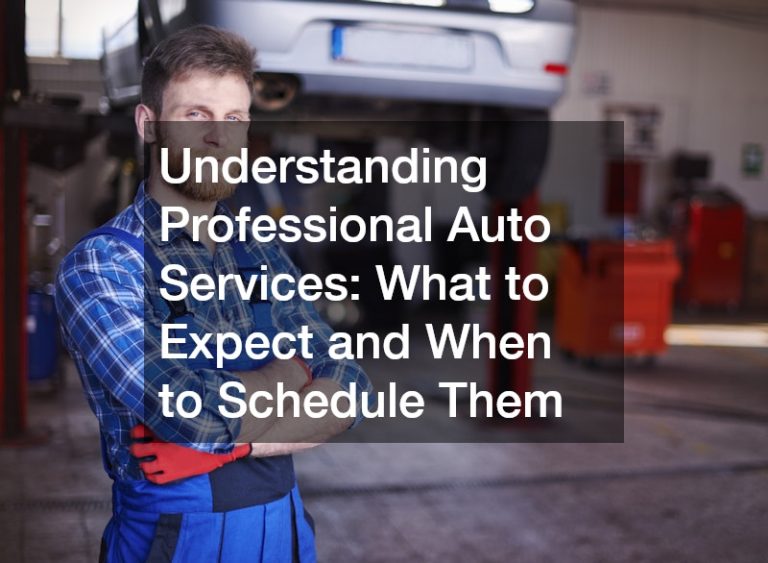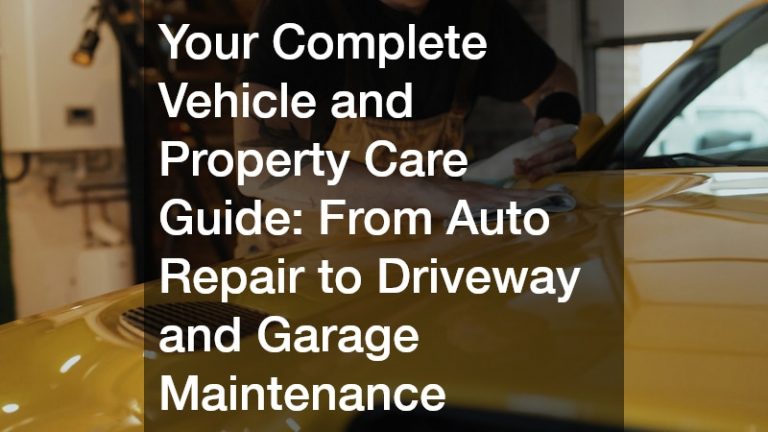
Highlights:
- Driving on a flat tire can cause severe damage to your tires, rims, and suspension.
- Calling a professional towing service that offers roadside tire changes is the safest and most reliable solution.
- Limited scenarios exist where driving on a flat might be acceptable, such as short distances or with run-flat tires.
- Factors to consider include tire type, vehicle load, distance to repair, weather conditions, and safety.
- Preparation—spare tires, essential tools, and trusted roadside service numbers—reduces risk and stress.
- Warning signs like rapid air loss, shredded tires, or pulling to one side indicate immediate professional assistance is needed.
- Regular tire maintenance, proper pressure checks, and hazard awareness help prevent roadside emergencies.
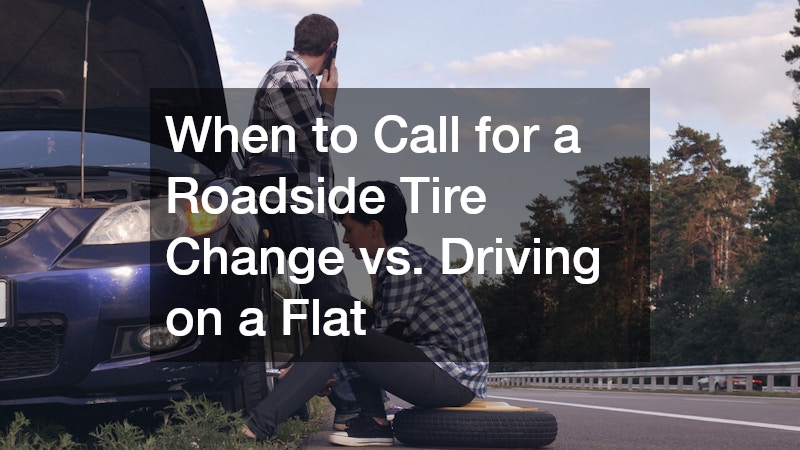
Flat tires are one of the most common vehicle emergencies faced by drivers on the road. While some may feel confident attempting to drive on a flat or perform a DIY repair, the risks are often underestimated. Knowing when to call a towing service versus attempting to drive on a flat tire can save both money and your vehicle’s integrity, not to mention reduce stress and ensure safety for you and other drivers.
In this guide, we’ll explore: the risks of driving on a flat, situations where limited movement might be possible, the benefits of professional roadside tire services, how to prepare for emergencies, and when to call for help immediately.
Understanding the Risks of Driving on a Flat Tire
Even a short drive on a flat tire can escalate into costly vehicle damage. When a tire loses air, it can no longer support the weight of the vehicle properly. Some of the risks include:
- Tire destruction: Driving on a flat crushes the internal structure of the tire, often making it irreparable.
- Rim damage: The wheel rim may bend, warp, or crack, leading to expensive replacements.
- Reduced vehicle control: Flat tires affect steering and braking, increasing accident risk.
- Suspension and alignment issues: The uneven pressure on the vehicle can strain suspension components and misalign wheels.
- Increased accident risk: Loss of traction on wet or icy roads can lead to dangerous skidding or collisions.
Even for short distances, driving on a flat tire is risky. The temporary convenience rarely outweighs the potential long-term costs.
Situations Where Driving on a Flat Might Be Acceptable
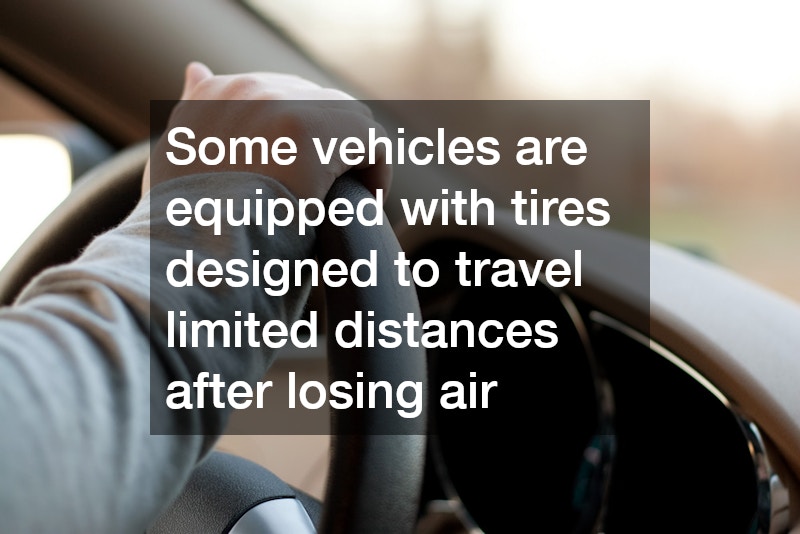
There are rare scenarios where it might be safe to move a vehicle with a flat tire:
- Emergency relocation: Moving your vehicle out of a dangerous location, like a busy highway or intersection.
- Short distances under one mile: Only on flat, smooth, low-traffic roads.
- Run-flat or reinforced tires: Some vehicles are equipped with tires designed to travel limited distances after losing air, usually up to 50 miles at reduced speed.
- Minimal vehicle load: Less weight reduces stress on the flat tire and lowers the risk of rim damage.
Even in these cases, drive slowly (under 15–20 mph), avoid sudden turns or braking, and proceed only to a safe area where professional help can be called.
Advantages of Calling a Towing Service That Offers Roadside Tire Changes
Professional roadside tire services provide far more than just convenience. They protect your vehicle and ensure your safety. Key benefits include:
- Fast response times: Most services can arrive within 30–60 minutes, depending on location.
- Proper equipment: Technicians carry jacks, hydraulic lifts, torque wrenches, and spare tire tools to safely replace your tire.
- Expertise: Skilled technicians can change tires efficiently while minimizing the risk of vehicle damage.
- 24/7 availability: Many towing services operate around the clock, making them reliable in emergencies.
- Comprehensive inspections: Professionals often check tire pressure, spare condition, and wheel alignment before departure.
- Insurance compatibility: Some services coordinate directly with insurance or vehicle assistance plans, simplifying payment.
Relying on a towing service that offers roadside tire changes ensures that your vehicle is safe to drive immediately after the repair.
Key Factors to Consider Before Deciding
Before deciding whether to drive on a flat or call for professional assistance, evaluate these factors:
- Distance to nearest repair shop: Longer distances make professional help more practical.
- Time of day: Nighttime or heavy traffic increases danger.
- Weather conditions: Rain, snow, or extreme heat heighten risks.
- Tire type: Run-flat tires allow limited driving; standard tires generally do not.
- Vehicle load: Heavily loaded vehicles are more difficult to control on a flat.
- Availability of a spare tire: Without a spare, professional roadside help is the only safe option.
Step-by-Step Guide for Calling a Towing Service for a Roadside Tire Change
If professional help is the safest choice, follow these steps for a smooth experience:
- Find a safe location: Pull over to a flat, stable area away from traffic.
- Call a trusted service: Specify that you need a towing service that offers roadside tire changes.
- Provide clear vehicle details: Make, model, tire size, and exact location help the technician arrive prepared.
- Stay safe while waiting: Remain inside the vehicle with seatbelt fastened or a safe distance from the road.
- Observe the process: Watching the technician ensures the tire is replaced correctly and safely.
- Check tire pressure: Verify the replacement or spare is inflated to the proper pressure.
- Test drive cautiously: Drive slowly for a short distance to ensure stability before resuming normal speed.
How to Safely Use a Spare Tire After a Roadside Change
After a roadside tire change by a professional towing service that offers roadside tire changes, you may be driving on a temporary spare, also known as a “donut” spare. While convenient, spare tires come with specific limitations and safety considerations:
- Check the tire type: Most spare tires are smaller and lighter than regular tires. They are designed for short-term use only.
- Observe speed limits: Do not exceed 50 mph (80 km/h) on a spare tire, as it can overheat or fail if driven too fast.
- Limit driving distance: Use the spare only to reach a tire shop or your home—typically under 50–70 miles.
- Avoid sharp turns and sudden braking: Spare tires have reduced traction and handling compared to full-size tires.
- Inspect the tire pressure: Even a newly installed spare can lose air over time. Check it before leaving the roadside.
- Replace as soon as possible: Schedule a replacement or permanent repair immediately to restore full safety and performance.
- Be mindful of load: Reduce extra weight in the vehicle while using a spare tire, as overloading increases the risk of tire failure.
By following these precautions, you can safely navigate to your destination after a roadside tire change, minimizing the risk of accidents or damage to your vehicle.
Preparing Your Vehicle for Tire Emergencies
Proactive preparation can reduce stress and risk:
- Maintain a spare tire: Ensure it is inflated and in good condition.
- Store essential tools: Jack, lug wrench, and tire pressure gauge.
- Save roadside service numbers: Keep multiple trusted contacts.
- Understand tire specifications: Make note of tire size, load, and speed rating.
- Consider roadside assistance plans: Many insurance policies and auto clubs include coverage for tire emergencies.
Signs You Should Call a Roadside Tire Service Immediately
Certain warning signs indicate that driving on a flat tire is unsafe:
- Rapid hissing or air loss.
- Shredded or visibly damaged tire.
- Vehicle pulling to one side or unusual vibrations.
- Rim contact with the road, sparks, or grinding noises.
- Loss of control even at low speeds.
In any of these cases, calling a towing service that offers roadside tire changes is the safest option.
Comparing Costs: DIY vs. Professional Tire Change
Many drivers consider DIY to save money, but mistakes can be costly:
DIY Costs
- Spare tire: $50–$150
- Potential rim or suspension damage: $200–$1,000
- Time, stress, and risk of injury
Professional Roadside Tire Change Costs
- Average fee: $75–$150 (depends on location and tire type)
- Quick, safe replacement with minimal risk
- 24/7 availability and expert handling
Investing in a professional service often saves money in the long term.
Preventing Flat Tires
Prevention reduces the need for roadside assistance:
- Check tire pressure monthly and before long trips.
- Inspect tires for cracks, punctures, and tread wear.
- Rotate tires regularly for even wear.
- Avoid potholes, debris, and curbs.
- Replace old or worn tires promptly.
- Keep an emergency kit with tire inflator, puncture repair tools, gloves, and reflective warning triangles.
Even with precautions, having access to a towing service that offers roadside tire changes is a safety net for unexpected situations.
In Closing
Flat tires are a common but serious vehicle issue. Driving on a flat tire carries significant risks, including rim damage, suspension strain, and loss of control. In most cases, calling a towing service that offers roadside tire changes is the safest and most efficient solution.
By evaluating the situation carefully, preparing your vehicle in advance, and understanding the warning signs, you can make informed decisions during tire emergencies. Regular maintenance, proper tire care, and access to professional roadside services ensure you stay safe and minimize both stress and repair costs.
